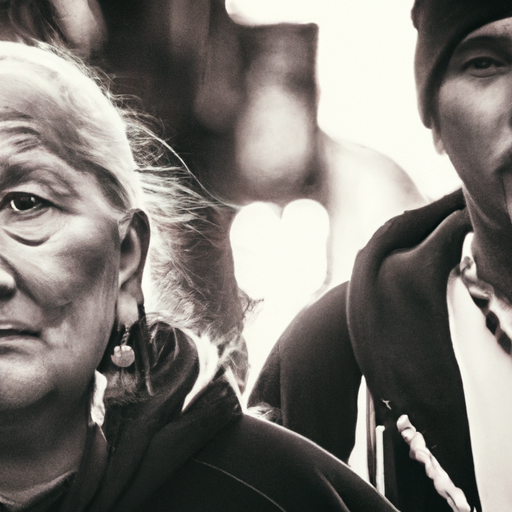Unveiling the Indigenous Face of the Opioid Crisis in Canada
Hello there, our inquisitive readers! We are returning to a topic that’s been haunting the country for the last decade and appears no closer to resolution – Canada’s opioid crisis. With this blog post, we shine a light on an issue that’s often shadowed – the impact of this crisis on the Indigenous communities.
The Stark Reality of the Crisis
The opioid crisis in Canada not only impacts the health system in the country with an alarming number of overdose deaths, but it also poses significant social challenges. This turbulent storm has further left behind waves of homelessness and crime.
Indigenous communities are disproportionately impacted. Not only do they face substantial challenges due to socio-economic disparities, but their close-knit nature makes the loss of community members to overdose particularly devastating.
Efforts and Struggles to Combat the Opioid Crisis
Key responses employed nationwide to tackle this crisis involve harm reduction strategies, prevention measures, and access to treatment. However, the tricky part is how these strategies adhere and adapt to the unique, culturally grounded perspectives and needs of the Indigenous communities.
While harm reduction strategies such as naloxone, a drug that can quickly reverse opioid overdose, are crucial, so is addressing the root causes of addiction in these communities. This includes strategies to alleviate poverty, improve housing, and increase access to mental health and addiction services.
Key Points about the Indigenous Struggles with Opioids
- The opioid crisis has especially hard-hit indigenous communities in Canada, with cyclones of overdose, homelessness, and crime.
- Harm reduction strategies are being implemented across the country, but adapting them to the cultural context of Indigenous communities is a complex task.
- Addressing the social determinants of health, including poverty, housing, and mental health services, forms an integral part of the solution.
Opioid Class Action and Its Implications
Notably, the Canadian government’s attempt to address the opioid crisis includes launching a national opioid class action – an effort to hold pharmaceutical companies accountable for their role in the crisis. While this is a step towards justice, it also raises questions about how the funds procured from the lawsuit will be used to help affected communities, especially Indigenous communities.
Conclusion
Addressing the opioid crisis is a complex and pressing issue. And, with Indigenous communities bearing a disproportionate burden, it becomes all the more critical to look at solutions through a culturally sensitive lens. Effectively addressing this issue must involve not just harm reduction strategies like naloxone, but a comprehensive approach addressing underlying social and economic factors.
In the midst of a maelstrom, the resilience of these Indigenous communities stands as a beacon of hope. Let’s not forget that while the opioid crisis is a national tragedy, it also underlines the need for unity, understanding, and respect for the diverse cultural fabric that makes up Canada.


